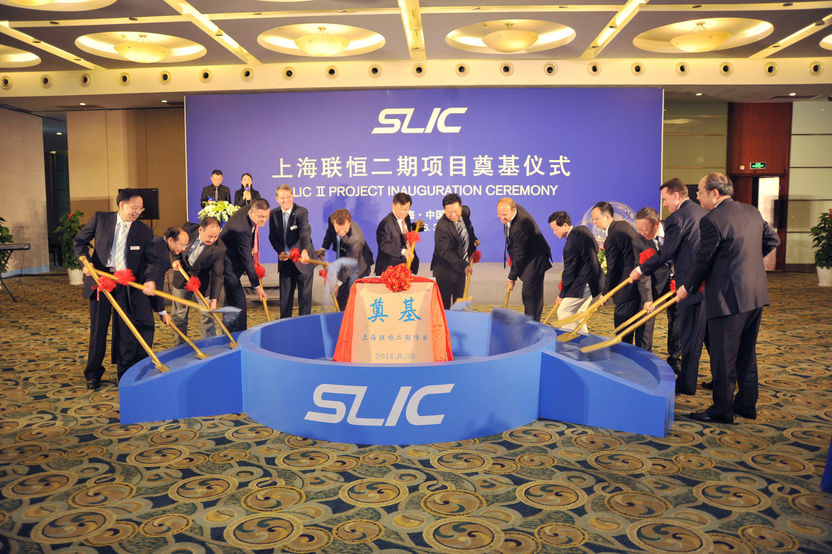Ultrafast tunable semiconductor metamaterial created
Advertisement
An international team of researchers from Moscow State University (Russia), Sandia National Laboratories in Albuquerque (USA), and Friedrich-Schiller University in Jena (Germany) have devised an ultrafast tunable metamaterial based on gallium arsenide nanoparticles. The new optical metamaterial paves the way to ultrafast information transfer on the nanoscale.

A semiconductor-based metamaterial tuned by ultrashort laser pulses.
Maxim Shcherbakov
Optical metamaterials are man-made media that acquire unusual optical properties due to nanostructuring. For almost twenty years, researchers have been able to design a plethora of metamaterial-based devices, from those hiding objects to those sensitive to minute concentrations of substances. However, upon fabrication, metamaterial properties remain fixed. The team of physicists and engineers came up with a way to turn metamaterials "on" and "off," and do it very quickly -- more than 100 billion times per second.
Researchers fabricated the metamaterial from a thin gallium arsenide film by electron-beam lithography with subsequent plasma etching. The material consists of an array of semiconductor nanoparticles, which can resonantly concentrate and "hold" light on the nanoscale. In other words, when the light illuminates the metamaterial, it is "trapped" inside the nanoparticles and interacts more efficiently with them.
The working principle of the ultrafast tunable metamaterial lies in generation of electron-hole pairs. In the steady state, the metamaterial is reflective. Then, researchers illuminate the metamaterial with an ultrashort laser pulse, whose energy is used to generate electrons and electron vacancies -- "holes" -- in the material. The presence of electrons and holes changes the properties of the material: now, the metamaterial is not reflective anymore. In a split second, electrons and holes disappear by meeting each other, and the metamaterial is reflective again. This way, it is possible to construct optical logic elements and, in the end of the day, opens the possibility of creating ultrafast optical computers.
In 2015, a part of the same collaboration reported a similar device based on silicon nanostructures. In their new study, gallium arsenide was used instead of silicon, which increased the efficiency of controlling light with light in metamaterials by an order of magnitude.
The work of researchers belongs to photonics, which studies light and ways of using it for various applications. For instance, in electronics signals are transmitted by electric currents, whereas in photonics, light quanta serve this purpose. Prospectively, the research will allow creating devices for information transfer and processing at speeds of tens and hundreds of terabits per second. The demonstration of highly efficient tunable semiconductor metamaterials is a significant step towards such information processing speeds.






























































